The question to offset your carbon emissions and decrease your carbon footprint with just a click.
Companies offsetting their “unavoidable” (UNavOiDAblE) greenhouse gas (GHG) emissions- a practice called carbon offsetting. A carbon offset, as defined by the guardian is as following: ‘allowing individuals and companies to invest in environmental projects around the world in order to balance out their own carbon footprints. The projects are usually based in developing countries and most commonly are designed to reduce future emissions. This might involve rolling out clean energy technologies or purchasing and ripping up carbon credits from an emissions trading scheme. Other schemes work by soaking up CO2 directly from the air through the planting of trees.’
Basically, reducing emissions in order to compensate for your emissions.
Don’t worry, we will start discussing carbon insetting soon. Stick with us for a brief moment to first explain why it goes wrong, what goes wrong and how big polluters can claim that nothing is going wrong.
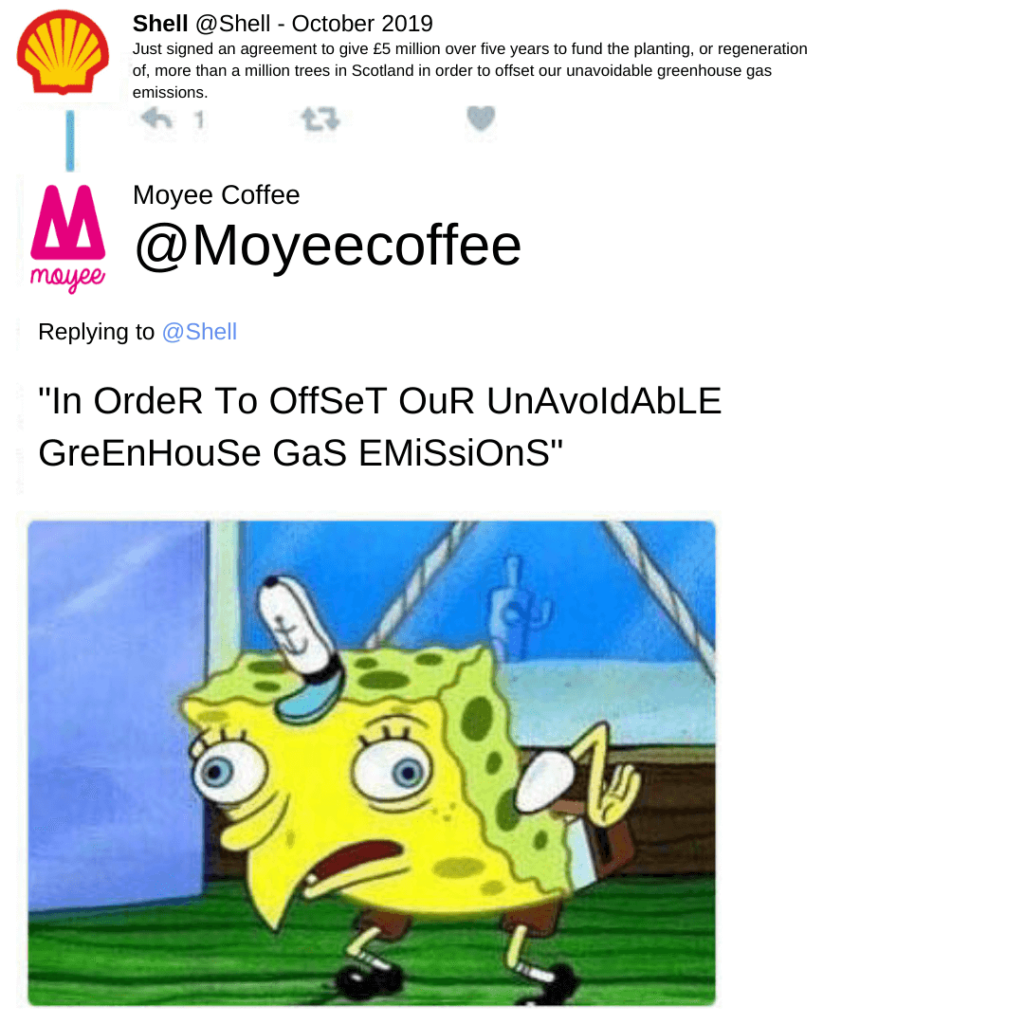
A few euros extra and you have the possibility to compensate for the increase your carbon footprint faced over the weekend. Your chosen airline company is promoting the possibility for you to pay a bit more for your plane ticket and you don’t have to feel too guilty: you can still go on the plane, it still flies, there will still be CO2 emissions, but somewhere else in the world is action being taken to offset the extra emissions emitted.
However, the problem with carbon offsetting, with most popular greenwashed terms, is that people love talking about it, love using it, but that it actually doesn’t really work.
It may seem like an easy way to save the world from the adverse effects of carbon dioxide and other greenhouse gases, but there are many drawbacks that come with it. The demand for voluntary carbon offsets has grown 140-fold in a decade, according to the non-profit group Forest trends (Hamrick & Gallant, 2018).
Boldly said, they are essentially PR plans. Promoting offsetting schemes provides a good story, but it just allows companies to continue business as usual without taking serious action to change the way they operate. Companies are giving customers the impression of instant gratification: “if you buy this, we will offset your emissions, you do something good and you don’t have to do anything else”. Yet, offsets should not be used as a free pass to fly or execute other polluting activities as much as one wants.
“Offsetting projects simply don’t deliver what we need. Instead, they are a distraction from the real solutions to climate change.”
Alia Al Ghussain
You cannot call yourself environmentally friendly because you are “offsetting” when your whole business model is based around burning fossil fuels.
It’s like a licence to pollute the environment.
It would have the same effect as continuously cutting yourself to the same paper notes or sharp knife, and putting a band aid on again, and again, and again. Without potentially thinking of removing the paper note or using a different knife. Yet, the band aid does stop the bleeding, but carbon offsetting programmes does not stop or prevent the world from warming up.
Increasingly, however, this practice – called carbon offsetting – has come under activist fire as being little more than greenwashing.
Some critics have even compared it to the Catholic Church’s former practice of selling indulgences; as in, why change your behavior when you can buy off your sins?
I mean, carbon offsetting is not a/the problem, we do need to plant trees and invest in renewable energy, but these activities should not be mistaken as it being the solution. It should be an and and. It is crucial but it can’t be a substitute for reducing or eliminating carbon emissions directly.
And sometimes they do even more harm than good. Reforestation (planting trees in regions that have been deforested) or afforestation (planting trees in places that have never had them before) seems to be a very popular option to reduce your carbon footprint, but although trees are a natural ‘carbon sink’ and are a popular option to compensate for your carbon emissions, sucking excess warming carbon out of the atmosphere, it isn’t always that simple (Marshall, 2020)
It can take about 20 years until a tree can capture the amount of CO2 that a carbon-offset scheme promises (Abelvik-Lawson, 2021).
That would mean that we would have to plant an enormous amount of trees and protect a massive number of trees for decades to offset even a small number of the global emissions. And on top of that comes the dangers of climate colonialism- called the green version of colonialism. Climate colonialism is “the rich world telling the global south to stay poor and stop developing; repackaging development aid as climate-related transfers, keeping the global south dependent” (Ramachandran, 2021)
Offsetting projects are cheaper to set up in the Global South, meaning that they may come to collide with the human rights or needed natural resources of the local communities living there. An example is the implementation of the government’s 2013 decision to relocate and resettle all residents of Embobut Forest in order to reduce deforestation. Resulting in The Swenger Indigenous people of Embobut Forest being forced from their homes and disposed of their ancestral lands (Amnesty International, 2021)
Read more about that here.
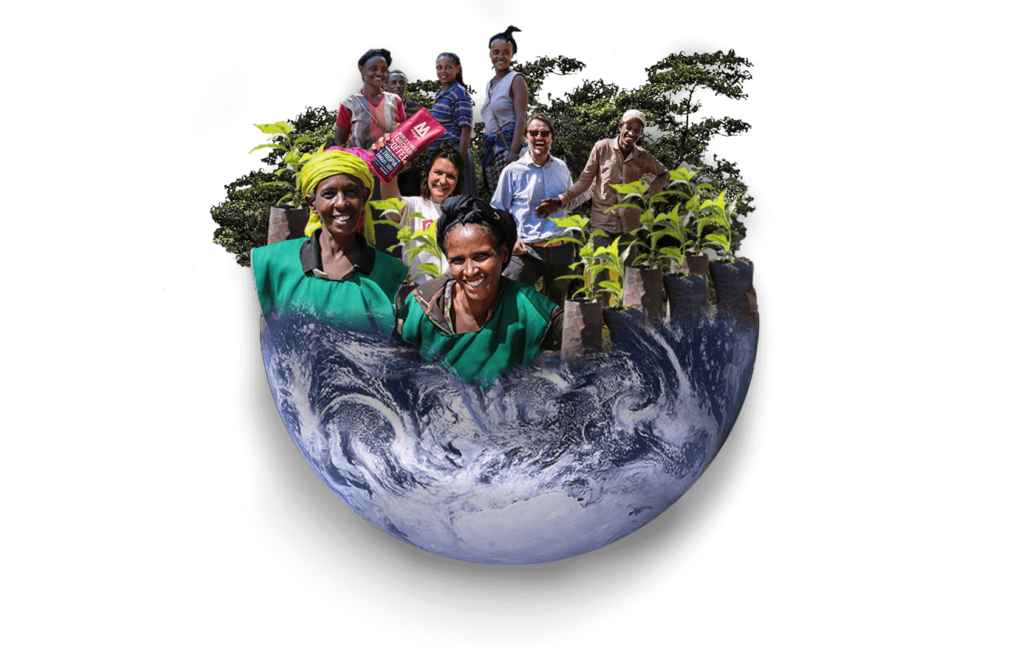
In contrast to carbon offsetting where the GHC reduction activity is totally outside of a company’s direct or indirect operations, carbon insetting refers specifically to GHG reductions that are directly related, either by geography, production, or commodity to the company’s operations (2018) .
From a technically perspective carbon insetting is referred to a partnership or investment in a GHG emissions-reducing activity within the ‘sphere of influence of a company’.
Carbon insetting demands companies to be conscious about their own carbon footprint and about taking the responsibility to act regarding. It creates opportunities for action and requires thinking beyond the direct product, a more holistic approach. “Insetting gets companies thinking about a ‘landscape’ approach to their supply chains, considering their impact beyond the farm gate and how ecological systems interact with human social systems and the global economy” (2018).
Moyee has integrated carbon-absorbing projects into our business model – projects focused on sustainable practices and reducing our carbon footprint within our own value chain.
Jep. Indeed: carbon-insetting. This idea is driving force behind our value adding activities: the importance of our True Price method , our 1 Million Tree Planting Campaign, our low-carbon project in Kenya and waking up to last mile and focusing on the (reduction of carbon emissions of the) whole supply chain.
In the current system, everything we consume and therefore have to produce comes with a price and a cost. Yet, companies closing the curtains for the true cost behind the production. Not seen is not quilty.
Right? No. Not right.
We nowadays pay for the market price of a product, ignoring the external costs that are passed down to other parties and or lovely planet.
By using the True Price method, we are finding ways to monetize the positive and negative externalities in our production process. And that is right, carbon insetting demands from us to investigate the damage our supply chain makes, shake our heads because of it, be bummed by it, but then make up for it. And keep finding ways to reduce it.
Our goal is to create a business model that generates positive externalities and cleans up for 50 years of neo-liberal debris.
The climate crisis is an inequality crisis
Climate degradation and poverty are part of the same vicious cycle and both symptoms of a broken system. And they go hand in hand.
With the start of the 1 million tree revolution we do an attempt to tackle both problems simultaneously. It’s really not rocket science. By linking you, as a consumer, to planting trees on the same farms from which your coffee comes from, we are practicing carbon insetting: compensating for the CO2 footprint of a product by absorbing carbon in the own supply chain. Each planted tree will capture 1.9 kg CO2 / year, and a total of 25kg CO2 over its 13-year productive lifecycle. By giving the farmers new trees and investing on agroforestry, the 1 million trees revolution will triple yields and double incomes, ensuring a living income for all 630 farming families involved. We are here, together with you, on the Roadmap towards a Living Income.
Unlike Ethiopian farmers, those in Kenya use loads of synthetic fertilizer. Therefore, we trained the first 2400 farmers and together with them we built the first facility that produces bio-compost and bio-fertilizers at lower cost than that of existing alternatives. Not only does this create jobs, but it also lowers the cost of production for farmers and increases their income, enhances soil fertility, improves the health of coffee plants and restores biodiversity. Intercropping is an important part of our strategy because it leads to greater farmer welfare and greater food security for their families. Profitable farmers are crucial to prosperous planet.
With so much focus on our farmers, we’ve been neglecting the impact programs closer to home here back in Amsterdam. Why bother with last-mile circularity, rooftop solar panels and office waste management when our farmers living in poverty? Our mission was originally focused entirely on the first mile. However, last year we stepped up our game and initiated an ambitious last-mile sustainability program that includes a coffee waste up cycling service for our customers and recyclable bags. AND, to not forget, our beloved intern Marcos studying International Development Management focussing on Sustainable Supply Chains investigates the carbon footprint of the whole supply chain and is busy preparing a feasible and efficient reduction strategy. More to come soon.
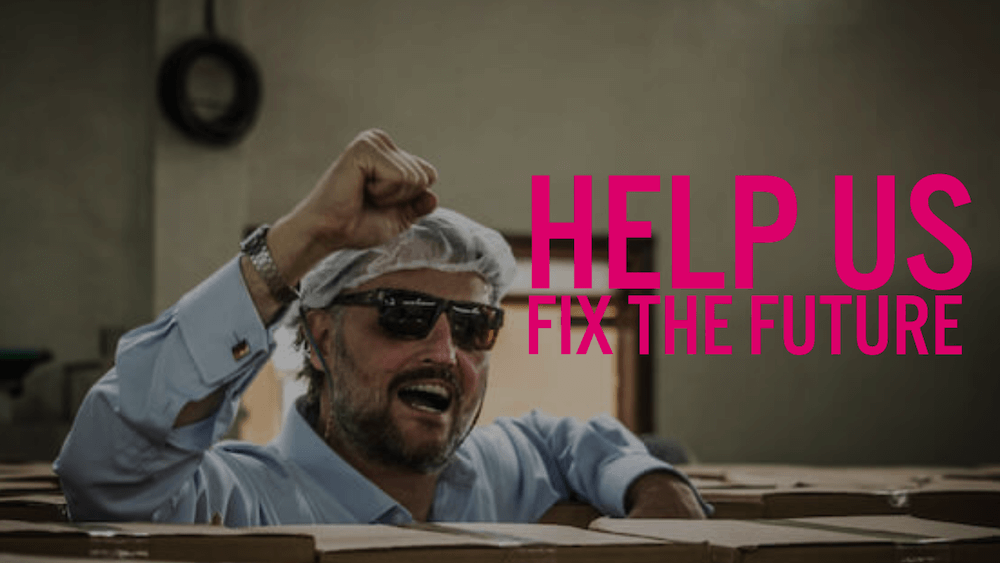
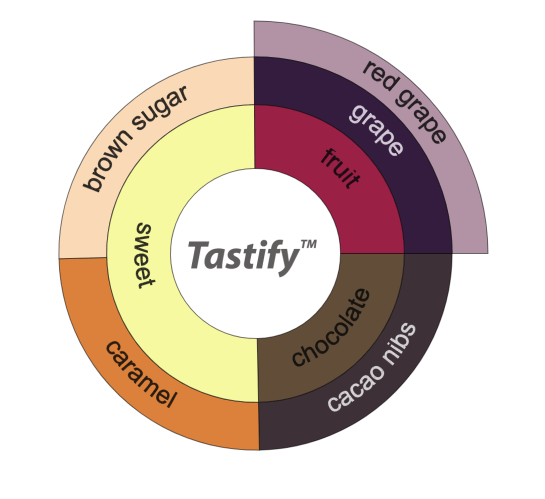
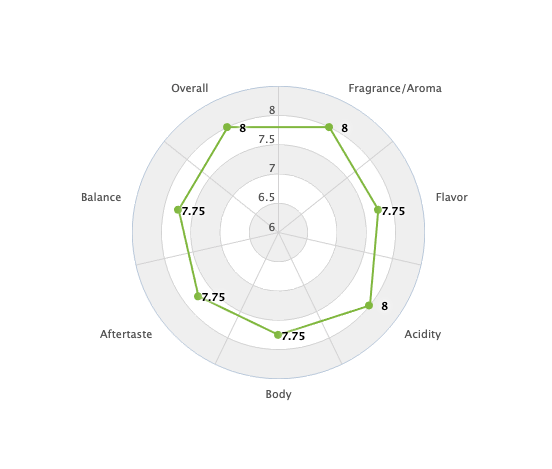
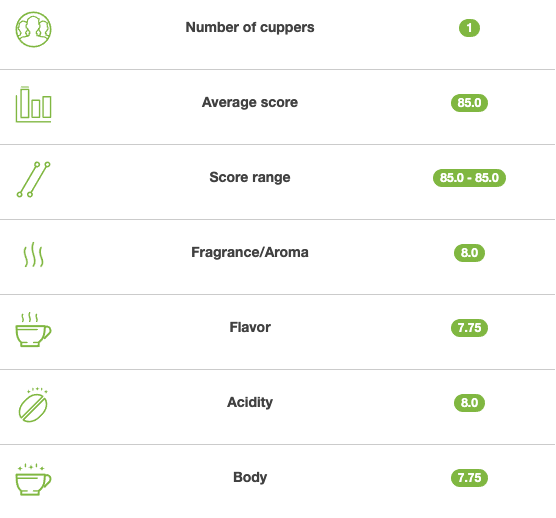
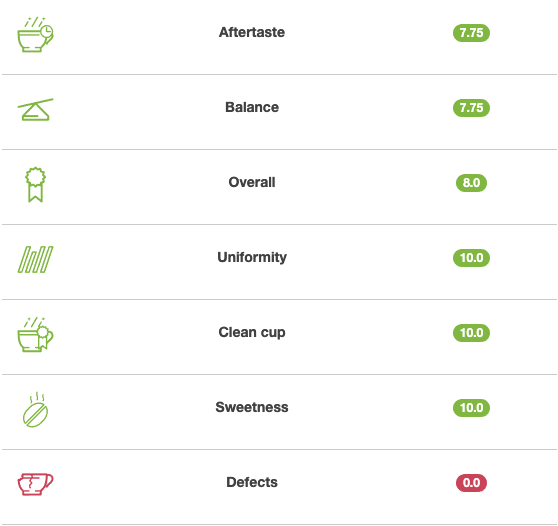
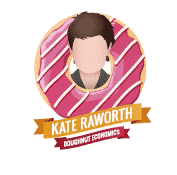 Our website uses cookies 🍪 but actually our model is a doughnut! 🍩 We'll assume you're ok with us using cookies to improve your browsing experience, but you can opt-out via thePrivacy Policypage if you wish.
Our website uses cookies 🍪 but actually our model is a doughnut! 🍩 We'll assume you're ok with us using cookies to improve your browsing experience, but you can opt-out via thePrivacy Policypage if you wish.